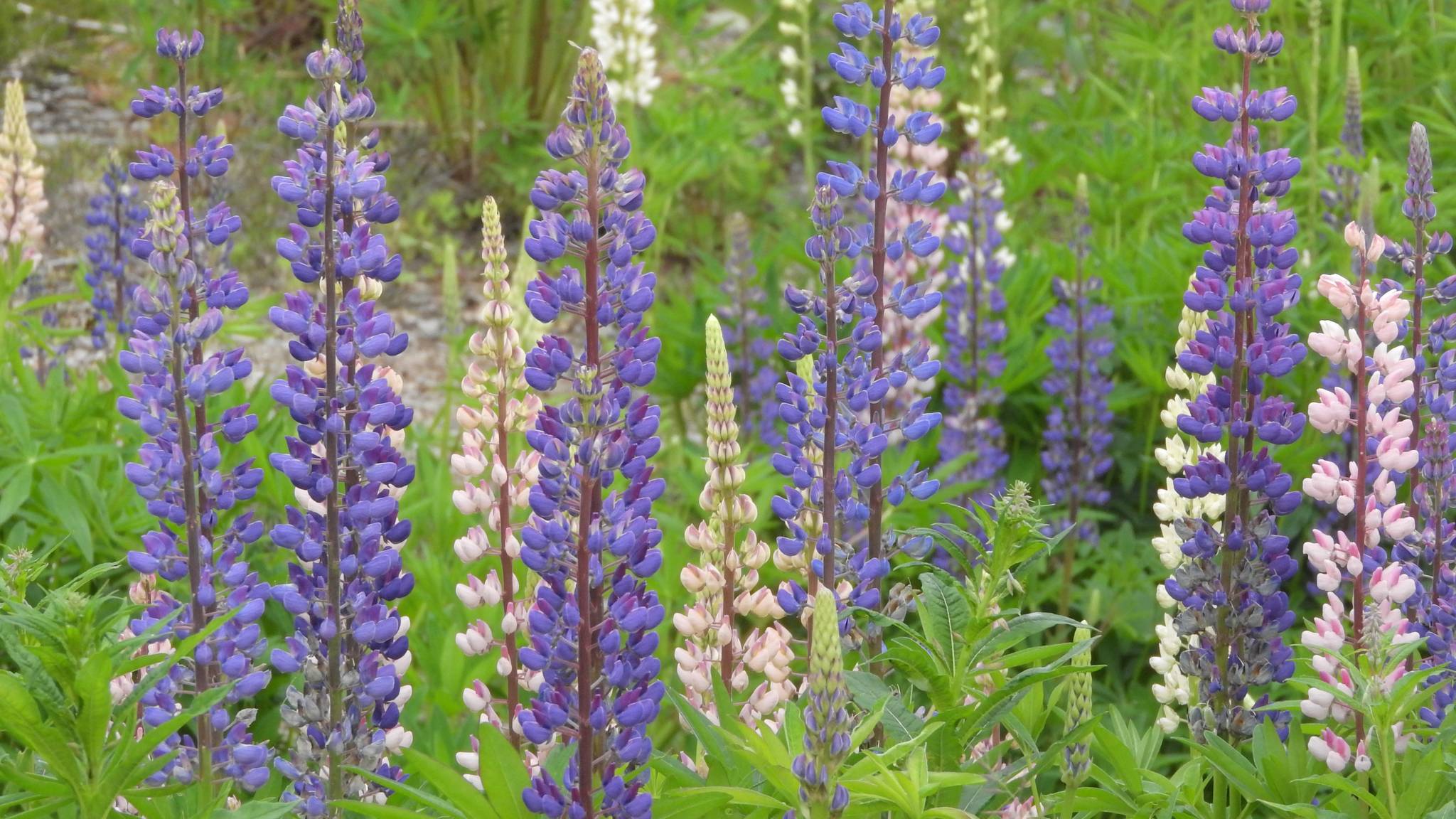By Mary F. Willson
For the Juneau Empire
The ground: we stomp all over it, dig holes in it for buildings and alien plants, scrape it off and discard it for access to minerals. That’s the meaning of being ‘treated like dirt.’
Nevertheless, a lot goes on underground in the layers of soil. It’s a very complex ecosystem. Sometimes called the rhizosphere, it’s the realm of roots.
This essay includes several topics that have appeared here before, but this time I’ll try to bring them together, if briefly, in one context, while expanding on some of them.
[On the Trails: Club mosses and the evolution of land plants]
Vascular plants have roots that help stabilize the upper parts of the plant and carry soil nutrients and water to the rest of the plant. Thus, roots make possible the forests and grasslands in which we and other terrestrial critters walk or crawl around.
In some species, roots are a means of vegetative propagation, spreading away from a parent plant and sending up new shoots that look like separate individuals but that are all part of one. Aspen is a classical example among the trees, making groves of tree trunks that are all one individual, genetically. Perennial grasses, such as beach rye, can spread rapidly in this way by means of underground stems called rhizomes.
Tree roots sometimes graft to each other, linking their vascular systems and sharing nutrients and, potentially, pathogens. Grafting is relatively common among neighboring individuals of the same species but is also known to occur between individuals of different species (e.g., pine and spruce).
Neighboring plants of all sorts are also often connected by mycorrhizae—fungi that carry nutrients from plant to plant and from soil to plant. Their networks can be very extensive, connecting plants of different species. As many as eighty or ninety percent of all plants may use mycorrhizal connections. Mycorrhizae are said to be especially dense in perennial grasslands.
Mycorrhizae even make connections to mosses and other rootless plants. Mycorrhizae contribute significantly to growth, survival, and reproductive success of many plants — some orchids even need them for seed germination. However, these useful fungi are inhibited by agricultural fertilizers containing inorganic nitrogen and water-soluble phosphorus.
There’s plenty of nitrogen in the atmosphere, but it is, nevertheless, often a limiting factor for plant growth and development. Nitrogen is also used in plant defenses against pathogens and herbivores. Plants can’t use atmospheric nitrogen directly, but it becomes available via a process called N-fixation; this process is catalyzed by enzymes that transform atmospheric nitrogen to ammonia and thence to various amino acids that are usable by the plants. This work is done only by various kinds of bacteria and some other one-celled organisms, which have been around, somewhere, since long before plants evolved. Some of these N-fixers live freely in the soil, others associate with the outsides or the insides of roots, and still others are housed in special nodules on plant roots. Within these nodules, the process of N-fixation uses energy provided by the plant’s photosynthesis.
The legumes (peas, peanuts, etc.) are well-known for their nodules inhabited by bacteria called Rhizobia. These nodules are induced by the bacteria in response to chemical triggers from the plant. These bacteria can only fix nitrogen when with a suitable host. Some of these symbioses between plant and bacteria are highly specific—each partner associating only with the other one; and if a different type of bacteria gets into the nodule, it can usurp energy and cause the plant to die. But some Rhizobia are much less fussy, associating with several plant species. In our area, beach pea and lupines — for example — have Rhizobia nodules.
However, many other kinds of plants form symbiotic relationships with N-fixing bacteria of a different type, mostly known as Frankia. These filamentous ‘actinorhizal’ bacteria produce hormones that mimic certain plant hormones and force the root cells to proliferate rapidly, causing swellings (nodules) to form. Local examples of this symbiosis include alders and sweetgale.
Plants with N-fixing bacteria use that nitrogen for better growth and defense. In addition, plants with enhanced nitrogen levels may provide nitrogen to other plants via grafts or mycorrhizae. Many plants with N-fixing bacteria are also mycorrhiza — a three-way symbiosis! In agricultural settings, nitrogen-enhanced plants are plowed down into the ground to improve the next crop. A little N-fixing water-fern is sometimes cultivated to be used as green manure for other crops. Plants with symbiotic N-fixers are sometimes also planted near human-favored trees (e.g., Douglas fir), so that the products of leaf and rootlet decomposition enter the soil and enhance the growth of the favored neighbor.
Roots have all those helpers — so to speak — that contribute to supporting the plants. They also have enemies. Roots are eaten by some above-ground consumers; geese dig the roots of silverweed, bears dig the roots of lovage, angelica, hemlock parsley and the bulb-like tubers of northern ground cone. Some invertebrates (including nematodes, insect larvae) nibble roots or suck their fluids. And there are root-rot fungi that can demolish a root system and cause a tree to collapse.
That’s just the root-y part of the complex soil ecosystem. Fungal hyphae pervade the soil, sometimes reaching high densities. There’s a teeming community of invertebrates: mites, earthworms, millipedes, nematodes, springtails, spiders, isopods, insects, as well as astronomical numbers of bacteria and other one-celled organisms creating complex food webs. It’s an ecosystem that’s not as well-studied as some others but surely has many interesting stories.
• Mary F. Willson is a retired professor of ecology.“On The Trails” is a weekly column that appears in the Juneau Empire every Wednesday.

